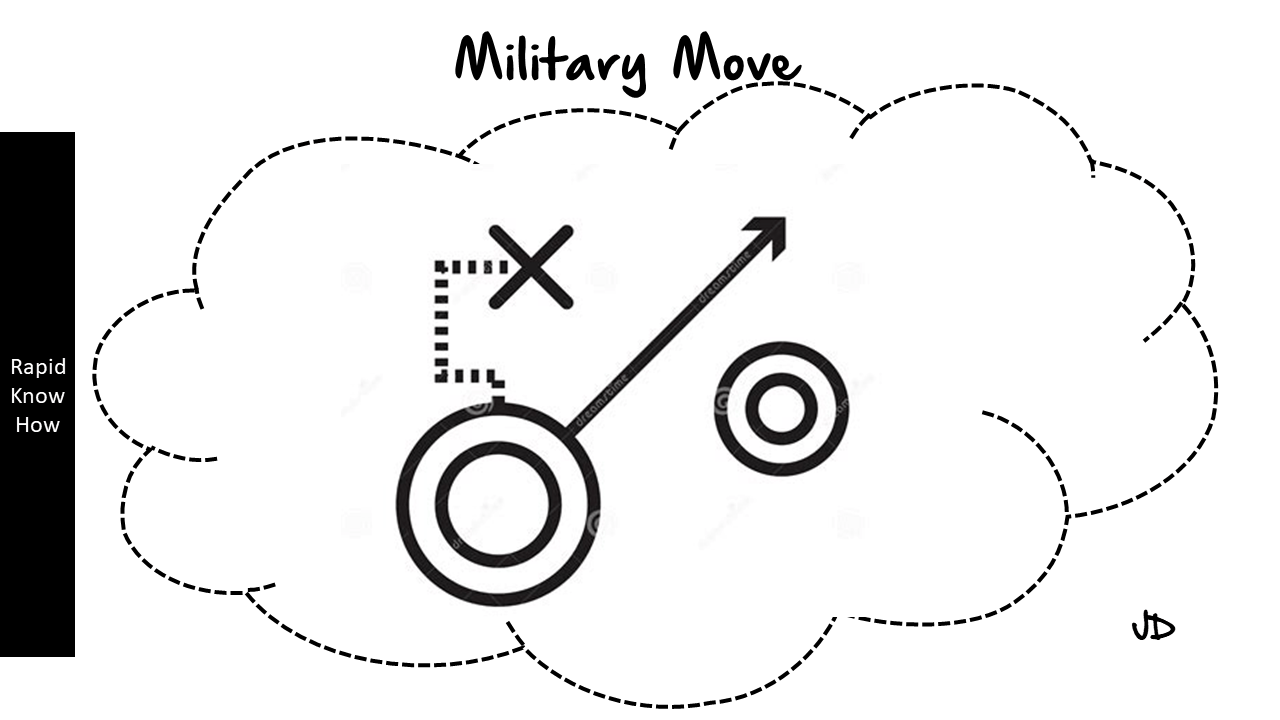China’s military system, officially known as the People’s Liberation Army (PLA), is a complex and multifaceted entity. It is the world’s largest military force, with a strength of approximately 2 million personnel. The PLA encompasses ground forces, naval forces, air forces, and strategic support forces. It also includes two paramilitary organisations: the People’s Armed Police and the Militia.
Objective Military System:
The PLA operates under the leadership of the Central Military Commission (CMC), which is responsible for determining military policy and strategic direction. The CMC is chaired by the General Secretary of the Communist Party of China, who is also the President of the People’s Republic of China. This dual role ensures that the military remains under civilian control.
The PLA has undergone significant modernisation efforts in recent years, with a focus on improving its ability to conduct joint operations, enhancing its power projection capabilities, and increasing its readiness levels. These efforts have been driven by China’s perception of its national security environment and its desire to protect its territorial integrity and sovereignty.
Military Battles:
Historically, China has been involved in several significant military conflicts. These include the Korean War (1950-1953), where Chinese forces fought alongside North Korea against South Korea and United Nations forces; the Sino-Indian War (1962), a border conflict with India; and the Sino-Vietnamese War (1979), a brief but intense conflict with Vietnam.
In more recent times, China has been involved in numerous territorial disputes in the South China Sea and East China Sea. While these disputes have not escalated into full-scale military battles, they have resulted in occasional skirmishes and standoffs between Chinese forces and those of other claimant states.
Success Rate:
Assessing the success rate of China’s military system can be challenging due to the lack of recent large-scale combat experience. However, the PLA’s performance in past conflicts provides some insights.
In the Korean War, Chinese forces were able to push back UN forces and prevent the collapse of North Korea, demonstrating their ability to conduct large-scale operations under challenging conditions. However, the Sino-Indian War and Sino-Vietnamese War highlighted deficiencies in China’s military capabilities, particularly in terms of logistics and command and control.
In recent years, China’s military modernisation efforts have resulted in significant improvements in its capabilities. The PLA is now considered one of the world’s most capable military forces, particularly in terms of its missile forces, naval capabilities, and cyber warfare capabilities. However, it remains to be seen how these capabilities would perform in a high-intensity conflict.
In conclusion, China’s military system is a complex entity that has evolved significantly over time. It operates under a unique command structure that ensures civilian control over the military. While it has been involved in several significant conflicts, its success rate is difficult to assess due to the lack of recent combat experience. Nonetheless, ongoing modernisation efforts suggest that China is committed to enhancing its military capabilities to meet perceived security challenges.
